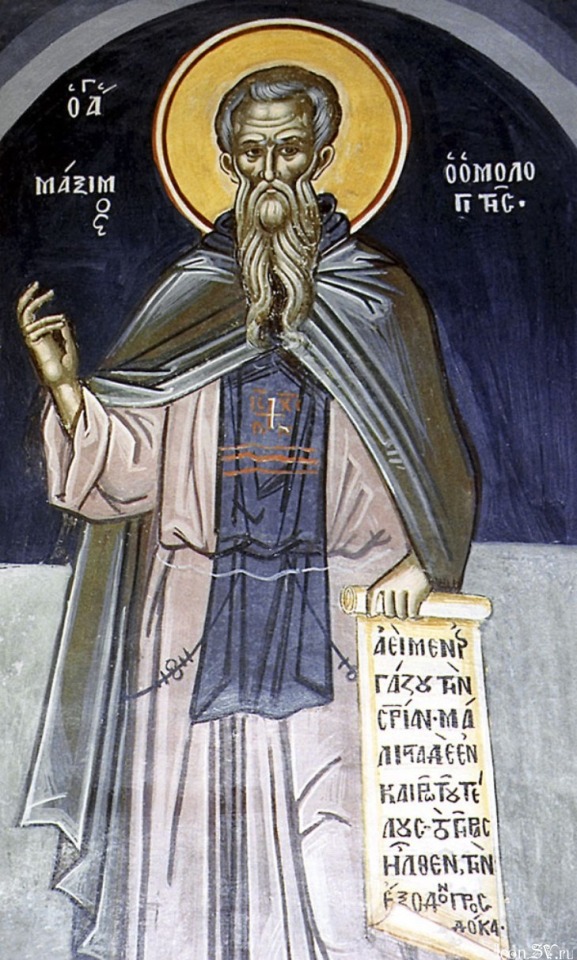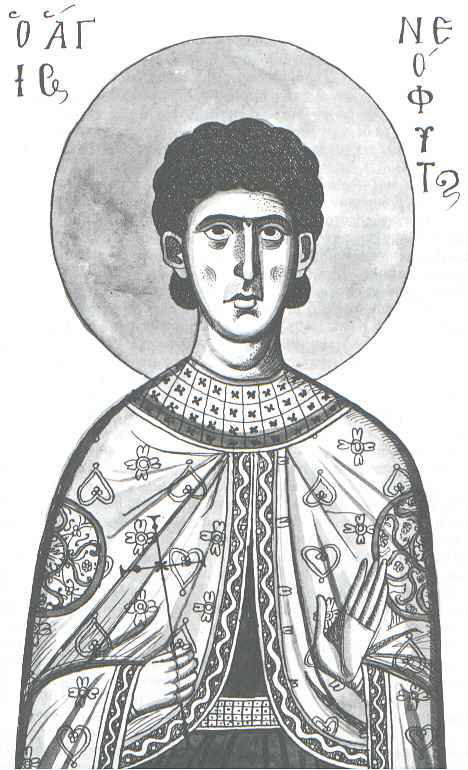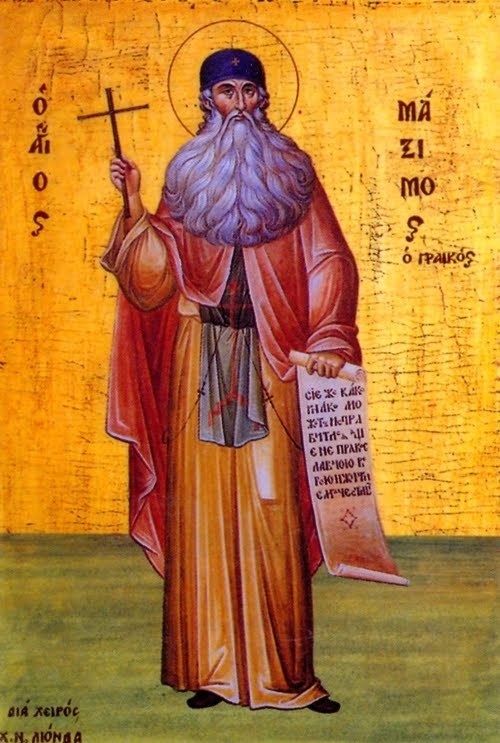#it's mother comes from a christian orthodox family and ran away to the forest to be able to worship a god she found out about in a different
Text

a new darkwood oc!
the witch, a very solitary pagan who used to live somewhere between the two villages in the swamp and the silent forest and who occasionally steals chicken and other livestock for blood sacrifices :) the witches pronouns are it/it's/itself, because why not.
the second time in a game that the stranger tries to go inside the chicken lady's house, the witch storms out with a chicken under it's arm, with the chicken lady screaming bloody murder after them. when the stranger comes to the swamp and closer to the heart of the forest, he might find the witch again, sitting in a circle of dead carcasses, resembling the savages that roam the forest, mumbling incoherently. In the evening, some savages come to the ritual site to add animal carcasses and otherwise bodyparts to the circle, the more human looking parts are more and more parts from replicas made by the Being. If the stranger steps into the circle and attacks the witch, it will only start screaming and when killed, the stranger can loot their body to find an "effigy of an old god", a little slightly humanoid looking figurine made of sticks and twine, covered in fungal growths.
#darkwood oc#the witch#at this point i'll probably have all of the gravedigger's family designed and drawn before i actually manage to draw the priest#(the priest btw is with the gravedigger and the pierrot one of my first darkwood ocs. he's staying with the gravedigger and they end up in#some sort of romantic relationship that would not work in any other circumstance tbh. the circumstance they're in being the forest and the#two mostly only having each other to interact with. the gravedigger is deaf and the priest has trouble reading but after a bit they manage#to communicate with each other pretty good)#anyways#it's parents were already reclusive and they taught the witch (back then just called child) their worship#it's father is the gravedigger's father's brother who went missing some day but wasn't really searched for that much#it's mother comes from a christian orthodox family and ran away to the forest to be able to worship a god she found out about in a different#forest when she was a teenager and found a really old ritual site with depictions of the god. her way of worshipping the god is one she#pieced together from her orthodox upbringing and whatever tidbits and gruesome tales she's heard about pagans and witches#anyways part 2#i dont rly like the background :/#i might end up redoing/trying to improve it#also i've p much given up on inktober whoops
57 notes
·
View notes
Text
Saints&Reading: Tue., Jan. 21, 2020
Venerable Maximus the Confessor

Saint Maximus the Confessor was born in Constantinople around 580 and raised in a pious Christian family. He received an excellent education, studying philosophy, grammar, and rhetoric. He was well-read in the authors of antiquity and he also mastered philosophy and theology. When Saint Maximus entered into government service, he became first secretary (asekretis) and chief counselor to the emperor Heraclius (611-641), who was impressed by his knowledge and virtuous life.
Saint Maximus soon realized that the emperor and many others had been corrupted by the Monothelite heresy, which was spreading rapidly through the East. He resigned from his duties at court, and went to the Chrysopolis monastery (at Skutari on the opposite shore of the Bosphorus), where he received monastic tonsure. Because of his humility and wisdom, he soon won the love of the brethren and was chosen igumen of the monastery after a few years. Even in this position, he remained a simple monk.
In 638, the emperor Heraclius and Patriarch Sergius tried to minimize the importance of differences in belief, and they issued an edict, the “Ekthesis” (“Ekthesis tes pisteos” or “Exposition of Faith),” which decreed that everyone must accept the teaching of one will in the two natures of the Savior. In defending Orthodoxy against the “Ekthesis,” Saint Maximus spoke to people in various occupations and positions, and these conversations were successful. Not only the clergy and the bishops, but also the people and the secular officials felt some sort of invisible attraction to him, as we read in his Life.
When Saint Maximus saw what turmoil this heresy caused in Constantinople and in the East, he decided to leave his monstery and seek refuge in the West, where Monothelitism had been completely rejected. On the way, he visited the bishops of Africa, strengthening them in Orthodoxy, and encouraging them not to be deceived by the cunning arguments of the heretics...keep reading
Martyr Neophytus

The Holy Martyr Neophytus, a native of the city of Nicea in Bithynia, was raised by his parents in strict Christian piety. For his virtue, temperance and unceasing prayer, it pleased God to glorify Saint Neophytus with the gift of wonderworking, while the saint was still just a child!
Like Moses, the holy youth brought forth water from a stone of the city wall and gave this water to those who were thirsty. In answer to the prayer of Saint Neophytus’ mother, asking that God’s will concerning her son might be revealed to her, a white dove miraculously appeared and told of the path he would follow. The saint was led forth from his parental home by this dove and brought to a cave on Mt. Olympus, which served as a lion’s den. It is said that he chased the lion from the cave so that he could live there himself. The saint remained there from the age of nine until he was fifteen, leaving it only once to bury his parents and distribute their substance to the poor.
During the persecution by Diocletian (284-305), he went to Nicea and boldly began to denounce the impiety of the pagan faith. The enraged persecutors suspended the saint from a tree, they whipped him with ox thongs, and scraped his body with iron claws. Then they threw him into a red-hot oven, but the holy martyr remained unharmed, spending three days and three nights in it. The torturers, not knowing what else to do with him, decided to kill him. One of the pagans ran him through with a sword (some say it was a spear), and the saint departed to the Lord at the age of sixteen...From Orthodox Church of America_ OCA
Venerable Maxime the Greek

Saint Maximus the Greek was the son of a rich Greek dignitary in the city of Arta (Epiros), and he received a splendid education. In his youth he travelled widely and he studied languages and sciences (i.e. intellectual disciplines) in Europe, spending time in Paris, Florence, and Venice.
Upon returning to his native land, he went to Athos and became a monk at the Vatopedi monastery. And with enthusiasm he studied ancient manuscripts left on Athos by the Byzantine Emperors Andronicus Paleologos and John Kantakuzenos (who became monks).
During this period the Moscow Great Prince Basil III (1505-1533) wanted to make an inventory of the Greek manuscripts and books of his mother, Sophia Paleologina, and he asked the Protos of the Holy Mountain, Igumen Simeon, to send him a translator. Saint Maximus was chosen to go to Moscow, for he had been brought up on secular and ecclesiastical books from his youth. Upon his arrival, he was asked to translate patristic and liturgical books into Slavonic, starting with the Annotated Psalter...keep reading From Orthodox Church of America
James 3:1-10 NKJV
The Untamable Tongue
3 My brethren, let not many of you become teachers, knowing that we shall receive a stricter judgment. 2 For we all stumble in many things. If anyone does not stumble in word, he is a [a]perfect man, able also to bridle the whole body. 3 [b]Indeed, we put bits in horses’ mouths that they may obey us, and we turn their whole body. 4 Look also at ships: although they are so large and are driven by fierce winds, they are turned by a very small rudder wherever the pilot desires. 5 Even so the tongue is a little member and boasts great things.
See how great a forest a little fire kindles! 6 And the tongue is a fire, a world of [c]iniquity. The tongue is so set among our members that it defiles the whole body, and sets on fire the course of [d]nature; and it is set on fire by [e]hell. 7 For every kind of beast and bird, of reptile and creature of the sea, is tamed and has been tamed by mankind. 8 But no man can tame the tongue. It is an unruly evil, full of deadly poison. 9 With it we bless our God and Father, and with it we curse men, who have been made in the [f]similitude of God. 10 Out of the same mouth proceed blessing and cursing. My brethren, these things ought not to be so.
Footnotes:
James 3:2 mature
James 3:3 NU Now if
James 3:6 unrighteousness
James 3:6 existence
James 3:6 Gr. Gehenna
James 3:9 likeness
Mark 11:11-23 NKJV
11 And Jesus went into Jerusalem and into the temple. So when He had looked around at all things, as the hour was already late, He went out to Bethany with the twelve.
The Fig Tree Withered
12 Now the next day, when they had come out from Bethany, He was hungry. 13 And seeing from afar a fig tree having leaves, He went to see if perhaps He would find something on it. When He came to it, He found nothing but leaves, for it was not the season for figs. 14 In response Jesus said to it, “Let no one eat fruit from you ever again.”
And His disciples heard it.
Jesus Cleanses the Temple
15 So they came to Jerusalem. Then Jesus went into the temple and began to drive out those who bought and sold in the temple, and overturned the tables of the money changers and the seats of those who sold doves. 16 And He would not allow anyone to carry wares through the temple. 17 Then He taught, saying to them, “Is it not written, ‘My house shall be called a house of prayer for all nations’? But you have made it a ‘den of thieves.’ ”
18 And the scribes and chief priests heard it and sought how they might destroy Him; for they feared Him, because all the people were astonished at His teaching. 19 When evening had come, He went out of the city.
The Lesson of the Withered Fig Tree
20 Now in the morning, as they passed by, they saw the fig tree dried up from the roots. 21 And Peter, remembering, said to Him, “Rabbi, look! The fig tree which You cursed has withered away.”
22 So Jesus answered and said to them, “Have faith in God. 23 For assuredly, I say to you, whoever says to this mountain, ‘Be removed and be cast into the sea,’ and does not doubt in his heart, but believes that those things he says will be done, he will have whatever he says.
New King James Version (NKJV) Scripture taken from the New King James Version®. Copyright © 1982 by Thomas Nelson. All rights reserved. from Biblegateway
0 notes